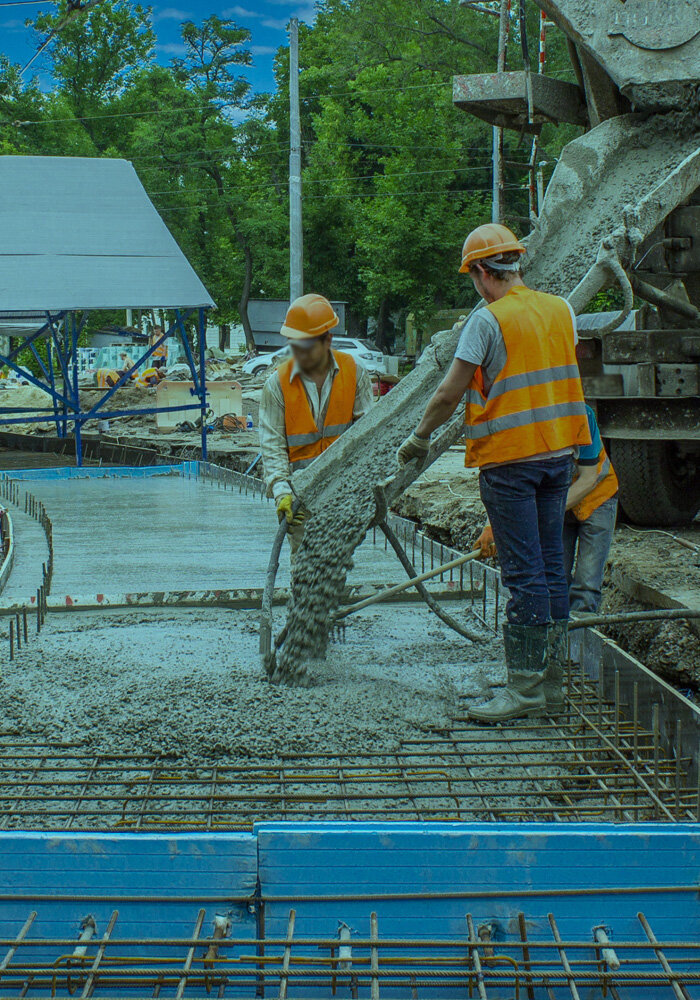The Aging Workforce in Manitoba
Canada’s and Manitoba’s workforce are aging rapidly; consequently, older workers (45-65+) will increasingly make up a larger portion of the workforce. In addition to demographic changes and increased retirement age contributing to this change, there are some people who will both want and need to remain in the workforce past 65 years.
The changing labour force demographic impacts the labour force supply and employers’ abilities to secure and maintain a skilled workforce. Many organizations will need to better understand the challenges of an aging workforce and how to provide a safe and healthy workplace for them. This includes aspects of workplace culture, such as age-based discrimination.
According to Statistics Canada’s 2019 projections, population aging will continue in the coming years.
- Those aged 45 to 69 make up approximately 31% of Manitoba’s population.
- Over the next two decades, the proportion of seniors aged 65 years and over in the population is projected to grow rapidly as the large baby-boom (1946 to 1965) cohort reaches age 65 and over.
- By 2030, the year in which the youngest baby boomers will reach age 65, close to one in four persons in Canada will be aged 65 years or over compared with 15.3% in 2013.
- During the same period, the working-age population—persons aged 15 to 64 years, most of them being in the labour force—would decrease according to all projection scenarios from 68.6% in 2013 to about 60% in 2030. This further demonstrates the increasing importance of retaining healthy workers.
While the composition of Manitoba’s workforce has decreased, or remained stable for most age groups as projected, it has already increased for both men and women in the 55 to 64 and 65 and over groups according to the 2016 census.
- The 55 to 64 age group shows the most significant increase from 15.5% in 2011 to nearly 17% in 2016, the latest year the data is available.
- The MB Bureau of Statistics tells us that the employment participation rate for male workers 55 to 64 has already risen to nearly 75% in 2019 from 68% in 2011 and is at 65% overall.

